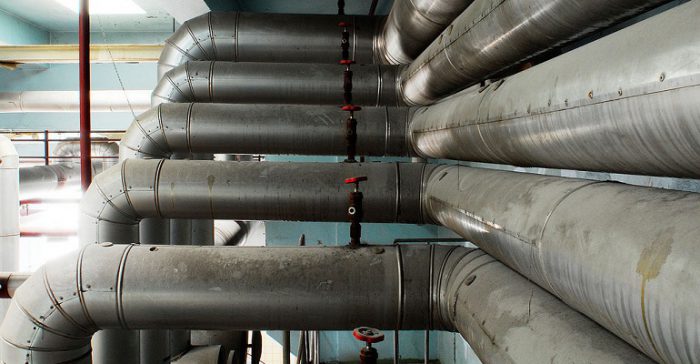Case History: Safer, Eco-Friendly System for Food Cooling
Food Processing, October 26, 2015. Image credit: Sonny W.
Cooling system designs in the food and beverage market are undergoing rapid change, mainly due to environmental regulations. Processors are trying to reduce refrigerant charge or to eliminate certain types of refrigerants completely, especially ones that can endanger workers or deplete the ozone layer.
Ammonia and propane gas instead of fluorocarbons for cooling are steps in the right direction. So is the use of secondary refrigeration systems, which reduce the amount of environmentally unfriendly primary charge (Freon gas, ammonia, etc.) in a plant by about 80 percent by using a safer, secondary coolant as the predominant means for cooling throughout a plant.
Leaks in standard refrigeration systems in metal piping systems can be as high 35 percent of the original charge per year, says one company in the business. This is not only damaging to the environment and a safety hazard, it’s also costly to refill the system. Secondary cooling systems offer higher safety, lower refill costs, higher temperature stability and control, lower maintenance costs and are more environmentally friendly.
One end-user, Tasteful Selections LLC, a specialty potato grower and potato processing company made such as choice when it moved into a new 200,000-sq.-ft. plant in Bakersfield, Calif., in 2014.
“The new building gave us the opportunity to start with a blank page and design a cooling system that was completely safe for our employees as well as our products,” says Nathan Bender, co-owner and operations manager. “At our previous location, about 75 percent of our cooling system was ammonia. This posed a huge safety threat to our employees as well as our products. If you hit one of those pipes, you’re dead.”
The final design and installation included more than 3,000 ft. of Cool-Fit pipe and fittings. The system prevents condensation, reduces on-site installation time to a minimum and increases the efficiency of the refrigeration system as a whole.
